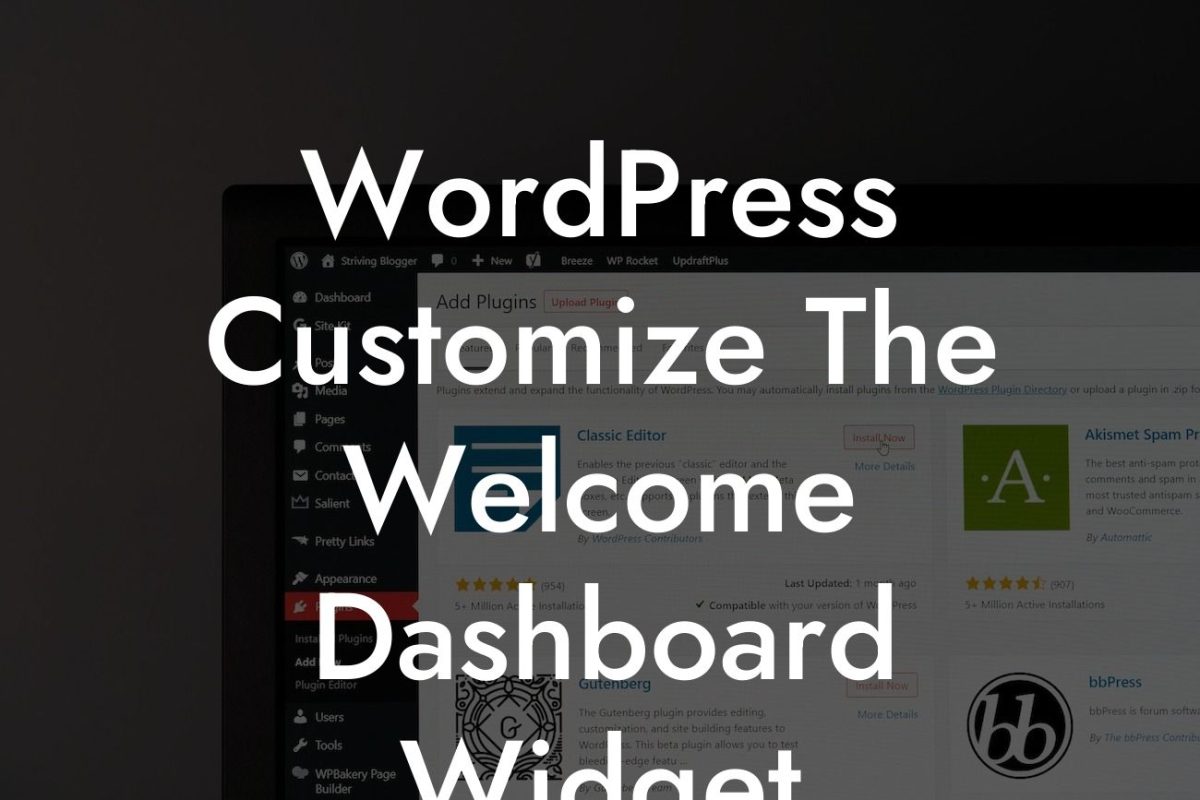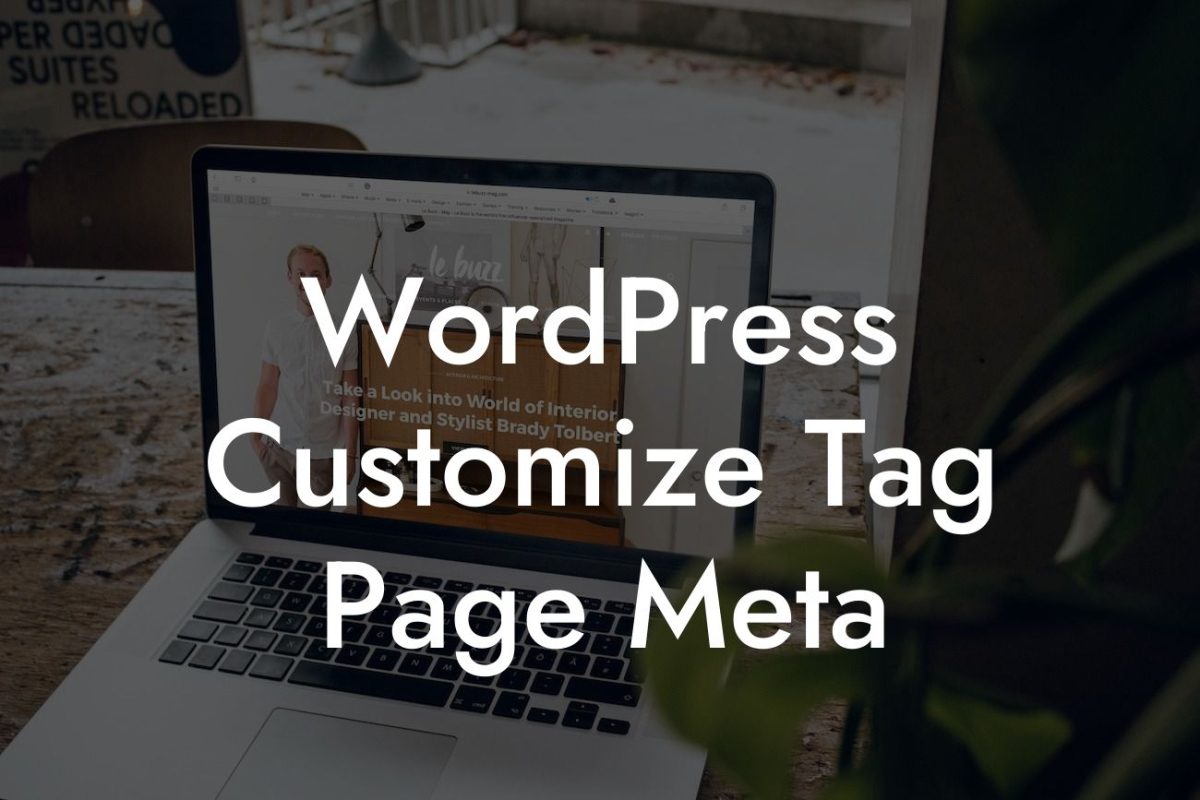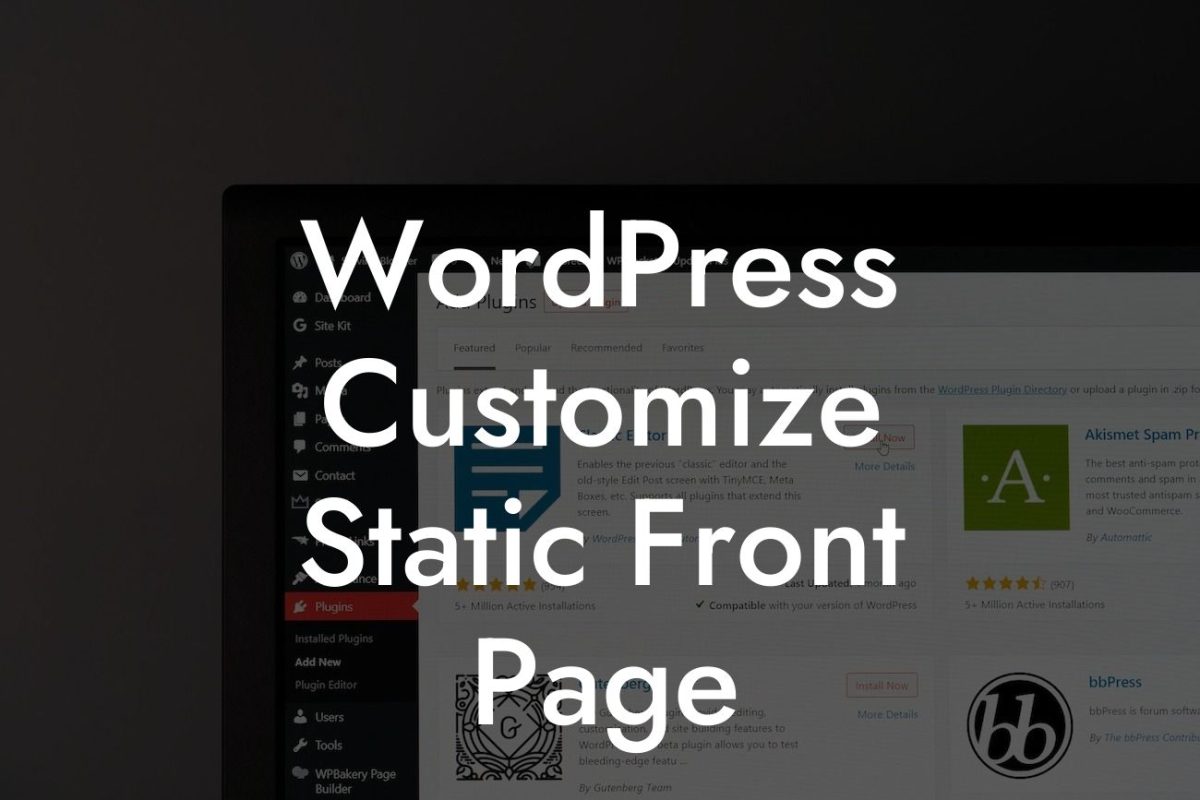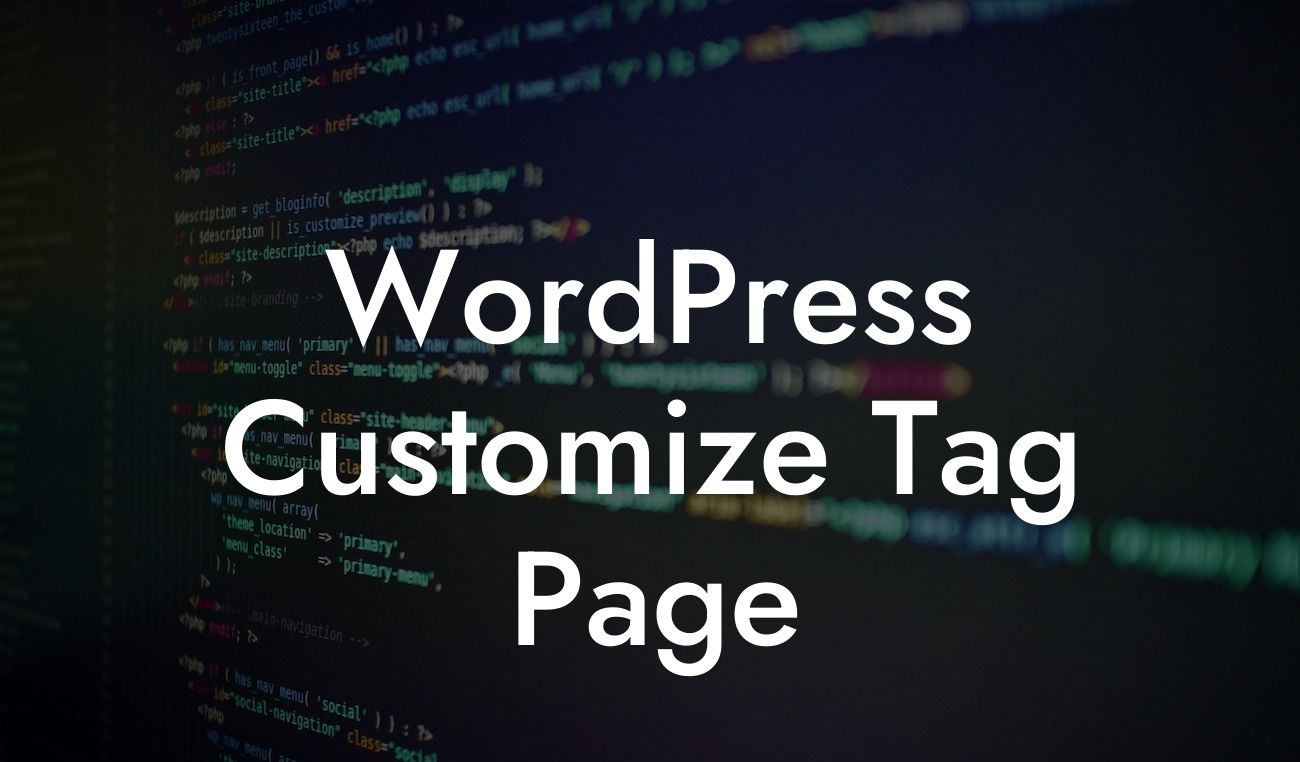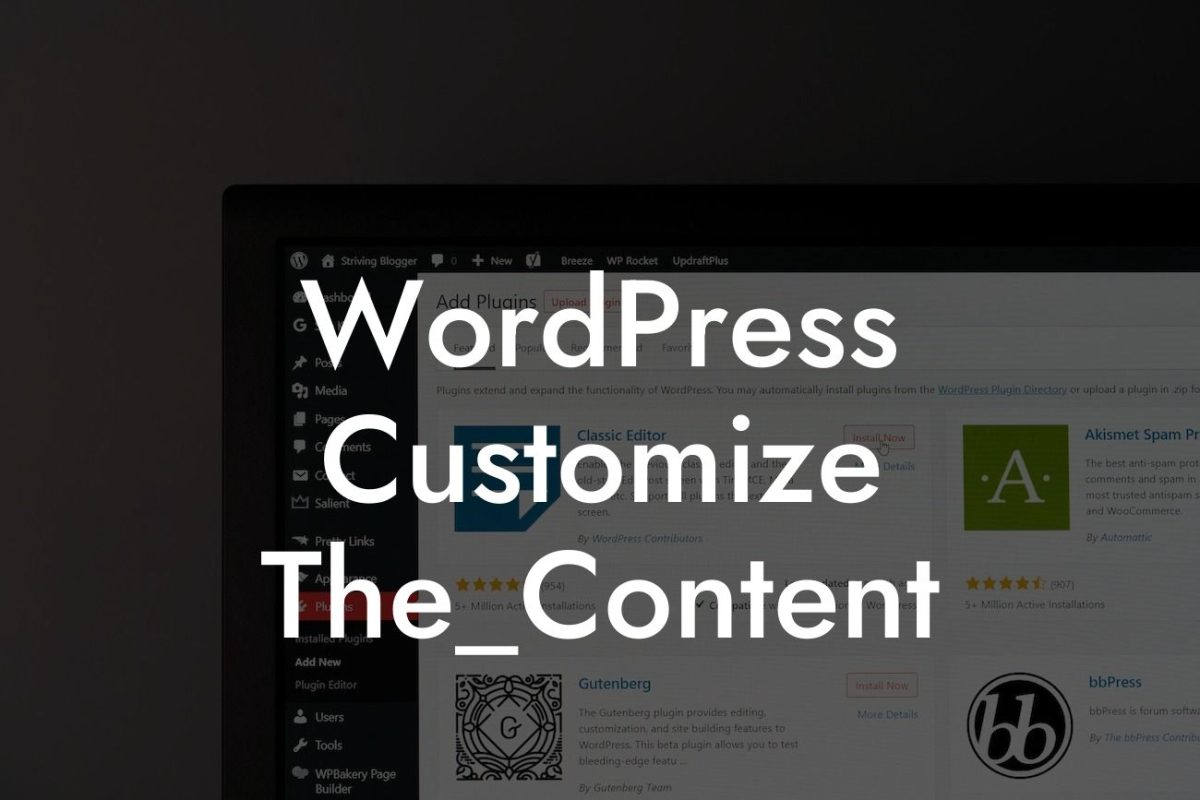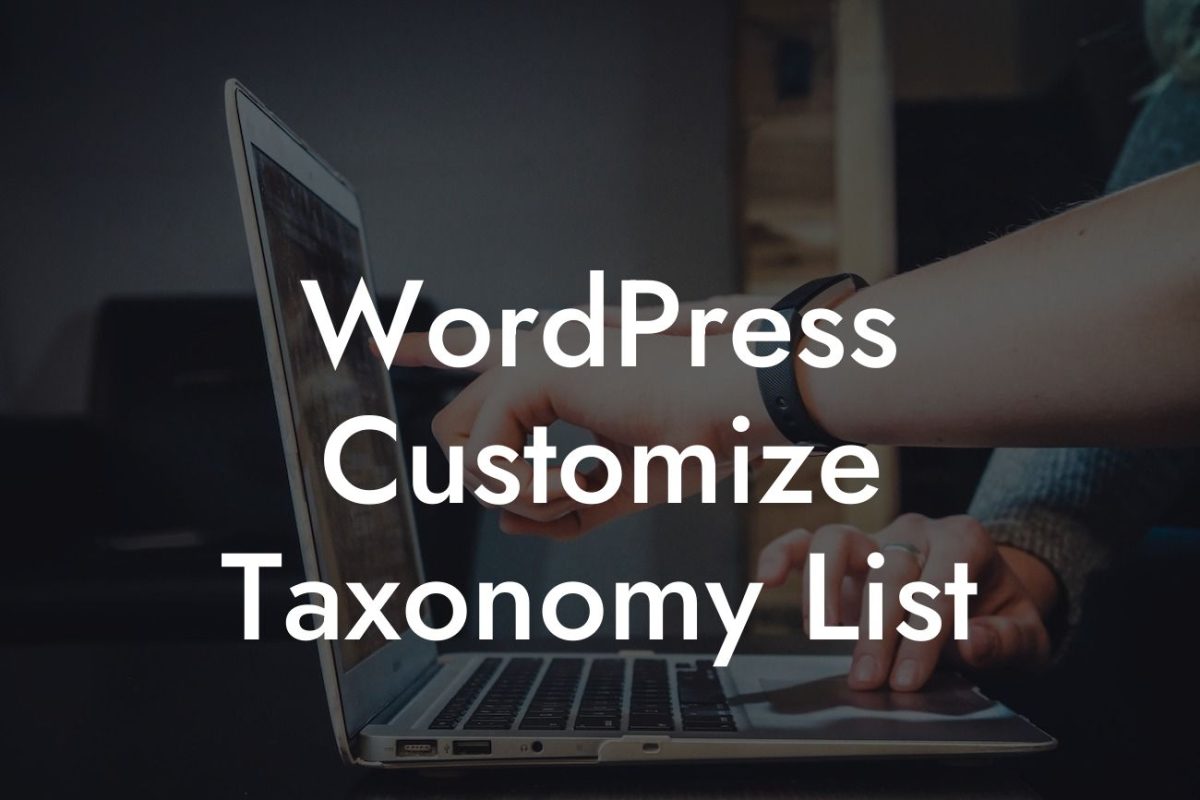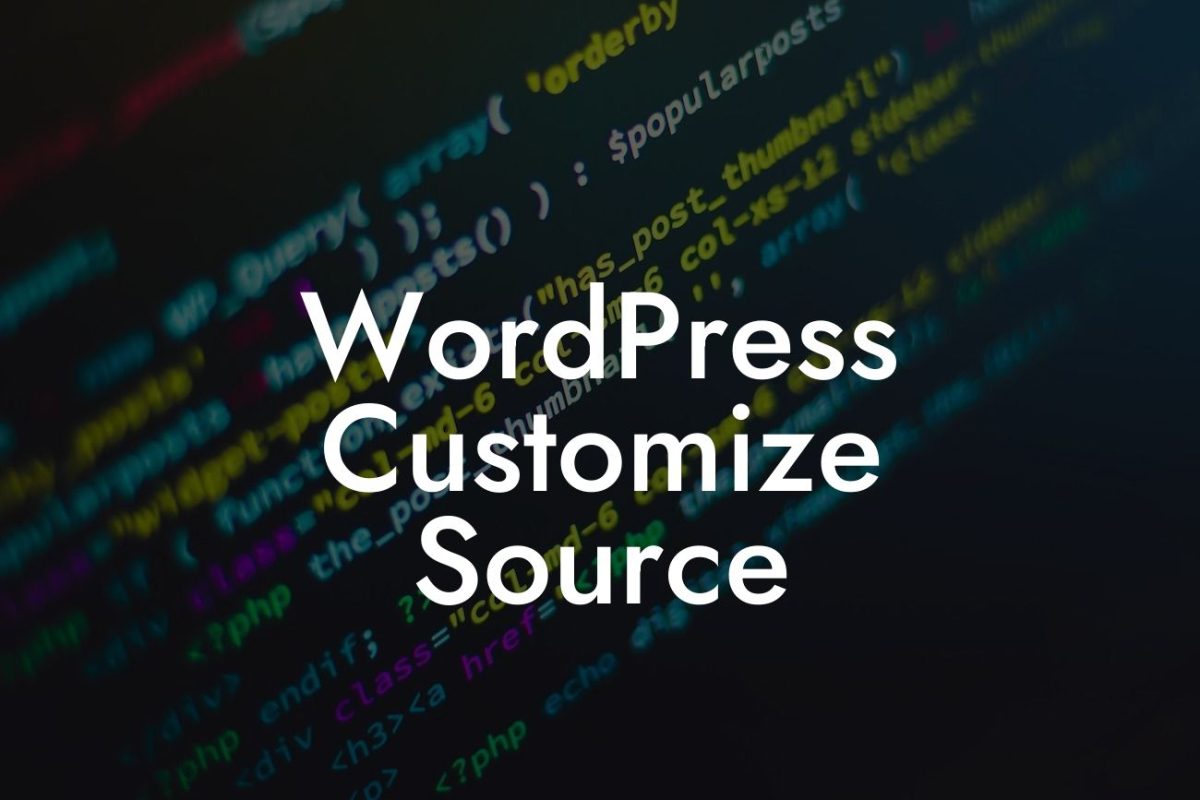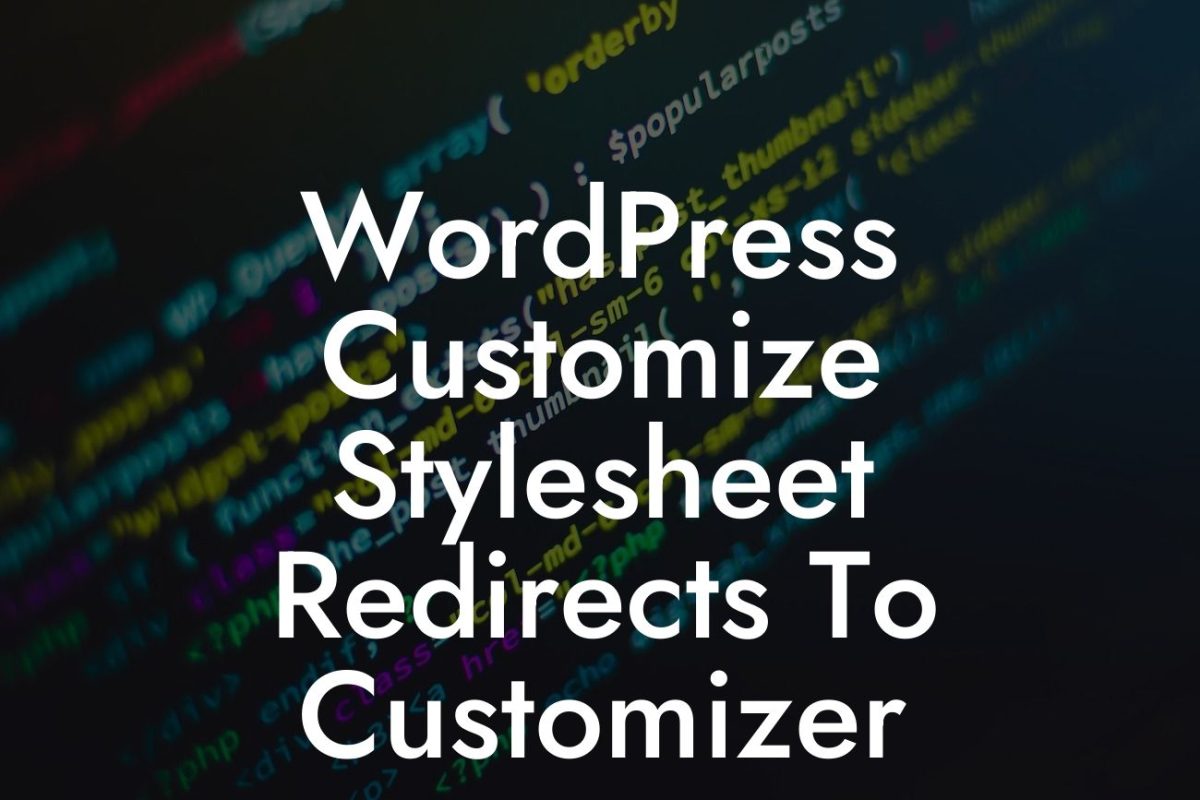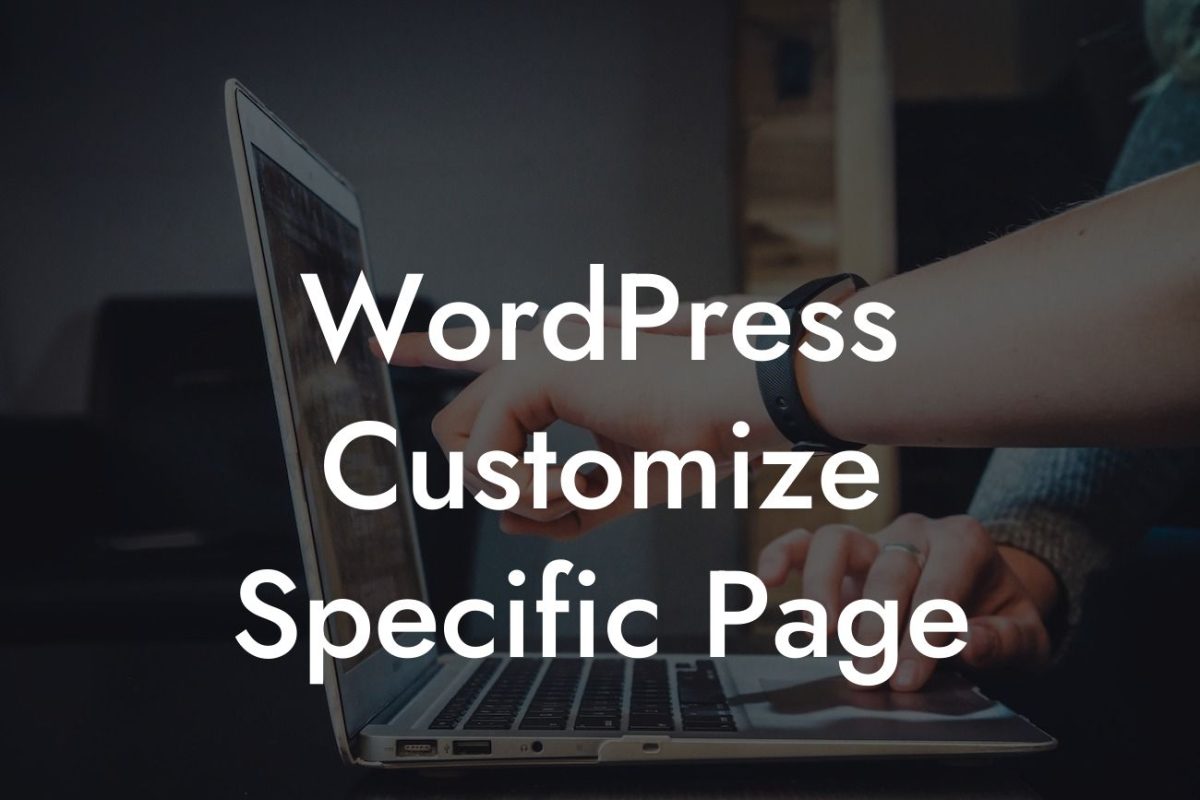Are you a small business owner or entrepreneur looking to enhance your WordPress website's performance and make it stand out from the crowd? Look no further! In this article, we will guide you through the process of modifying the head section of WordPress themes. By making changes to this crucial area of your website, you can improve its search engine optimization, speed, and overall user experience. Say goodbye to generic solutions and embrace the extraordinary in your online presence!
H2: Understanding the Head Section
The head section of your WordPress theme is where crucial information about your website is stored. It includes meta tags, stylesheets, scripts, and other essential elements that determine how your website looks and functions. Understanding the components and their roles is the first step towards making modifications.
H3: Editing the Head Section
To modify the head section, you need to access your WordPress theme files. We recommend using a child theme to preserve your changes during updates. Within the child theme, locate the header.php file and open it using a text editor. Here, you can add, remove, or customize various elements based on your specific needs.
Looking For a Custom QuickBook Integration?
H3: Customizing Meta Tags
Meta tags play a vital role in search engine optimization. By customizing these tags in the head section, you can improve your website's visibility and ranking. Add relevant keywords, descriptions, and social media meta tags to enhance the effectiveness of your SEO efforts.
H3: Adding CSS and JavaScript Files
Do you want to customize your website's appearance or add additional functionality? By adding CSS and JavaScript files to the head section, you can achieve a unique and dynamic website. Utilize external files or embed code directly to bring your ideas to life and create a memorable user experience.
H3: Optimizing Performance with Caching Techniques
Website speed is crucial for user engagement and search engine rankings. The head section provides opportunities to optimize your website's performance through caching techniques. Implement caching plugins or make manual adjustments to leverage browser caching, reduce server response time, and improve overall page loading speed.
Modify Head Section Wordpress Themes Example:
Let's say you own an online clothing store and want to optimize your website for search engines. By modifying the head section, you can add relevant meta tags such as "fashion," "clothing," and "online store," increasing the chances of your website appearing in relevant search results. Additionally, you can add CSS files to customize your website's design and strengthen your brand identity. Implementing these changes will elevate your online presence and attract more potential customers.
Congratulations! You have successfully learned how to modify the head section of WordPress themes. By optimizing this essential part of your website, you've taken a significant step towards boosting your online presence and attracting more visitors. Don't forget to share this article with others who might find it helpful and explore our other guides on DamnWoo. Take your website to the next level by trying one of our awesome WordPress plugins designed exclusively for small businesses and entrepreneurs. Embrace the extraordinary and watch your success soar!


